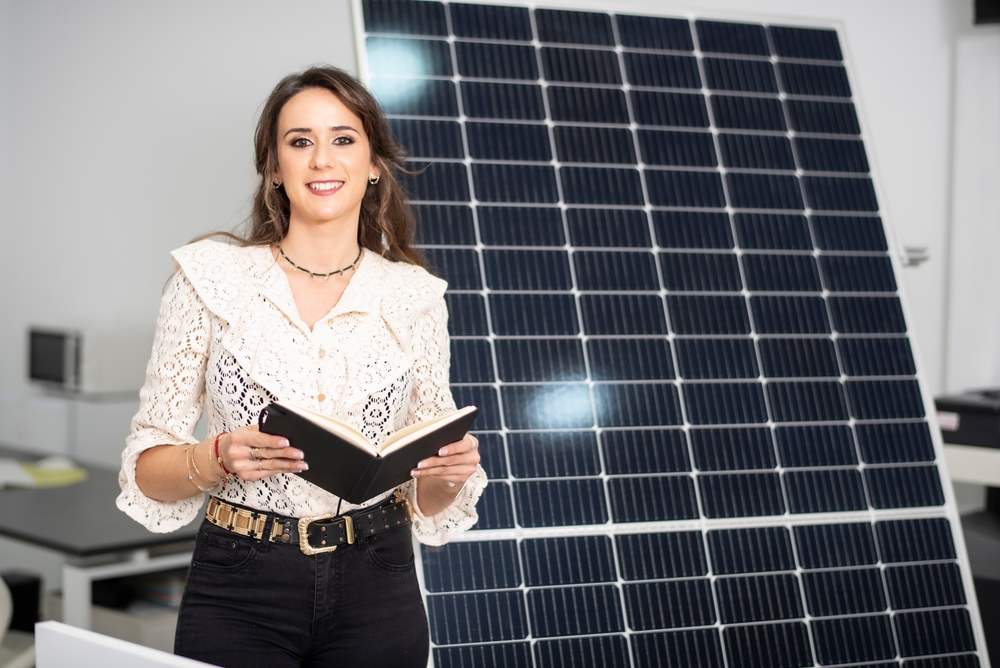
How do you get the best deal for your solar feed-in tariff? And how do you avoid signing up for an electricity deal that charges you over the odds?
A recent ABC report found that, on average, Australian households can save around $200 annually off their electricity bill just by spending 15 minutes or so checking the market each year.
Sticking with your existing electricity retailer is a sure-fire way to spend more than you need on electricity.
Don’t let that happen!
Take control over your electricity costs and find the electricity retailer gives you the best deal and rewards you fairly for your solar exports.
Reviewing electricity deals is worth doing especially if you live a state where there’s a highly competitive electricity market – that’s Victoria, NSW, South Australia, Queensland. If you live in WA, Tassie, the NT or the ACT, the choice is more limited.
On this blog:
Before checking out deals from electricity retailers, you need to know how much grid electricity you use and at what times of day.
A great way to get this information is to request a free energy monitor from SolarRun (available to Victorian households). Otherwise, check out the monitoring app that comes with your solar panel system, or give us a call.
What you need to know:
There are always trades-offs when it comes to electricity deals. A high solar feed-in tariff may mean higher charges on other parts of your bill. Likewise, a low solar feed-in tariff may mean you are charged less for general electricity usage.
That’s why understanding when a high solar feed-in tariff might work out for you – and when a lower feed-in tariff might be better.
Higher solar feed-in tariffs are worth considering if:
Lower solar feed-in tariffs are worth considering if:
It’s always worth going to your existing electricity retailer and asking them for a better offer.
According to the ABC report, “All retailers have very cheap deals. So, for people who are strongly not inclined to jump online, or can’t jump online, the simplest thing to do is to ring your retailer … and say to your retailer, ‘I want to know if you have a cheaper deal for me’.”
All retailers have a ‘standing offer’ or market offer which is their standard rates before any discounts. If you’re on this type of electricity deal, you will be paying more than you should – so just by calling your retailer you’ll be able to switch to a better deal.
If you reckon it’s worth your time to spend around 15 minutes to save a couple of hundred dollars a year off your electricity bill, the best place to go is one of the government energy comparison websites.
Australian Government Website – Energy Made Easy
Victorian Government Website – Vic Energy Compare
When you search for electricity deals, you’ll get a summary from each retailer which shows the highlights of their deal. This is generally all the good stuff. What they don’t highlight is the not-so-good aspects, like exit fees and any catches in the contract.
That’s why downloading the energy fact sheet for any deal you’re interested in is important. Every deal will have an energy fact sheet which specifies all aspects of the electricity arrangement you’d be signing up for. Nothing is hidden.
When reviewing energy fact sheets, the key items to check are:
Finally, you may want to check out their green credentials. After all, you’ve invested in clean renewable energy. Shouldn’t your electricity retailer be doing the same?
Feed-in rates aren’t what they used to be. Despite that, most households are achieving a payback on solar of three to five years. The reason is because the cost of grid electricity is high and what you get paid for solar exports is typically a lot less. So the best way to save money on your electricity bills when you have solar is to use as much of your solar electricity during the daytime as possible.
There are lots of ways to do this, even if you aren’t home that much during the day.
Whether it’s energy efficient hot water heat pumps, reverse cycle air conditioning units which can be controlled remotely, smart appliances, battery storage, EV charging – the possibilities are huge and growing all the time.
Get in touch
At SolarRun, we’re all about helping you make the most of your solar energy. As well as installing solar panel systems, we supply and install energy efficient electrical appliances such as heat pump hot water systems, free energy monitoring systems, battery storage, reverse cycle air conditioning units, pool pumps and more.
Make the most of your solar. Get in touch with us today!
We are available! Have a question? Text us here.
 Text Us
Text Us